How to solve the metacrisis?
We’re halfway toward a solution for the metacrisis
Problems seeking solutions … is a very powerful way of thinking about the creative process. Implicit in this point of view is the idea … that the solution is embedded within the problem. If your job is to find that solution, the first step is to define the problem … Define the problem and you’re halfway to the solution. – Steven Pressfield
The planet and human society presently face a complex set of interconnected and cascading crises (including the global warming crisis) called the “metacrisis.”
Philosopher Daniel Schmachtenberger refers to the metacrisis as “the total ecosystem of all global crises and the common underlying dynamics that generate catastrophic and existential risks.”
Until now, the complexity of those “common underlying dynamics” has defied a simple understanding of what’s creating the metacrisis, and has defied solving the metacrisis or any set of crises within the metacrisis.
In her 2017 book, Doughnut Economics, economist Kate Raworth presented a model, called “the Doughnut” …
… for distinguishing the planet-scale ecological crises (depicted as the red areas outside the Doughnut) created by humanity’s “overshoot” of “planetary boundaries” (the “Ecological Crises”) …
… from human society’s crises of who-gets-what (depicted as the red areas inside the Doughnut) created by human society’s “shortfalls” in meeting every human being’s physical needs & social needs (the “Who-Gets-What Crises”) …
Distinguishing the Ecological Crises from the Who-Gets-What Crises allows one to distinguish the decision-making creating the Ecological Crises from the decision-making creating the Who-Gets-What Crises …
The decision-making that is creating the Ecological Crises may be depicted as a decision-making system for meeting human physical needs – called “Human-Physical-Need Decision-making” or “the Human Enterprise.”[1]
The Human Enterprise is …
… the sum of all the human decisions (in light turquoise) to extract things from the biosphere (in deep green) – things like forests, fresh water, wildlife, soils and minerals that may be called “things-we-extract” …
… plus all the physical flows of all those things-we-extract (in light orange) – things like forests, fresh water, wildlife, soils and minerals – from the biosphere (in deep green) and into the Human Enterprise …
… … plus all the human decisions (in dark turquoise) to use all those things-we-extract – in the forms of energy, water, materials & chemicals, food & fiber and manufactures & structures that may be called “things-we-use” …
… plus all the physical flows of all those things-we-use (in chartreuse) – things like energy, water, materials & chemicals, food & fiber and manufactures & structures – within the Human Enterprise …
… plus all the physical flows of pollution (in dark orange) – from all those things-we-use – out of the Human Enterprise and back into the biosphere …
The Human Enterprise is a first-ever “problem statement” for solving the Ecological Crises because Human Physical Need Decision-making (in turquoise) is creating the exponentially growing things-we-extract flows & pollution flows (in orange) that are damaging the biosphere (in deep green) faster than the biosphere can regenerate itself …
… and this exponentially-growing damage to the biosphere is showing up as the Ecological Crises depicted in the Doughnut …
The decision-making creating human society’s Who-Gets-What Crises may be depicted as a decision-making system – called “Who-Gets-What Decision-making”[2] – superimposed on the Human Enterprise …
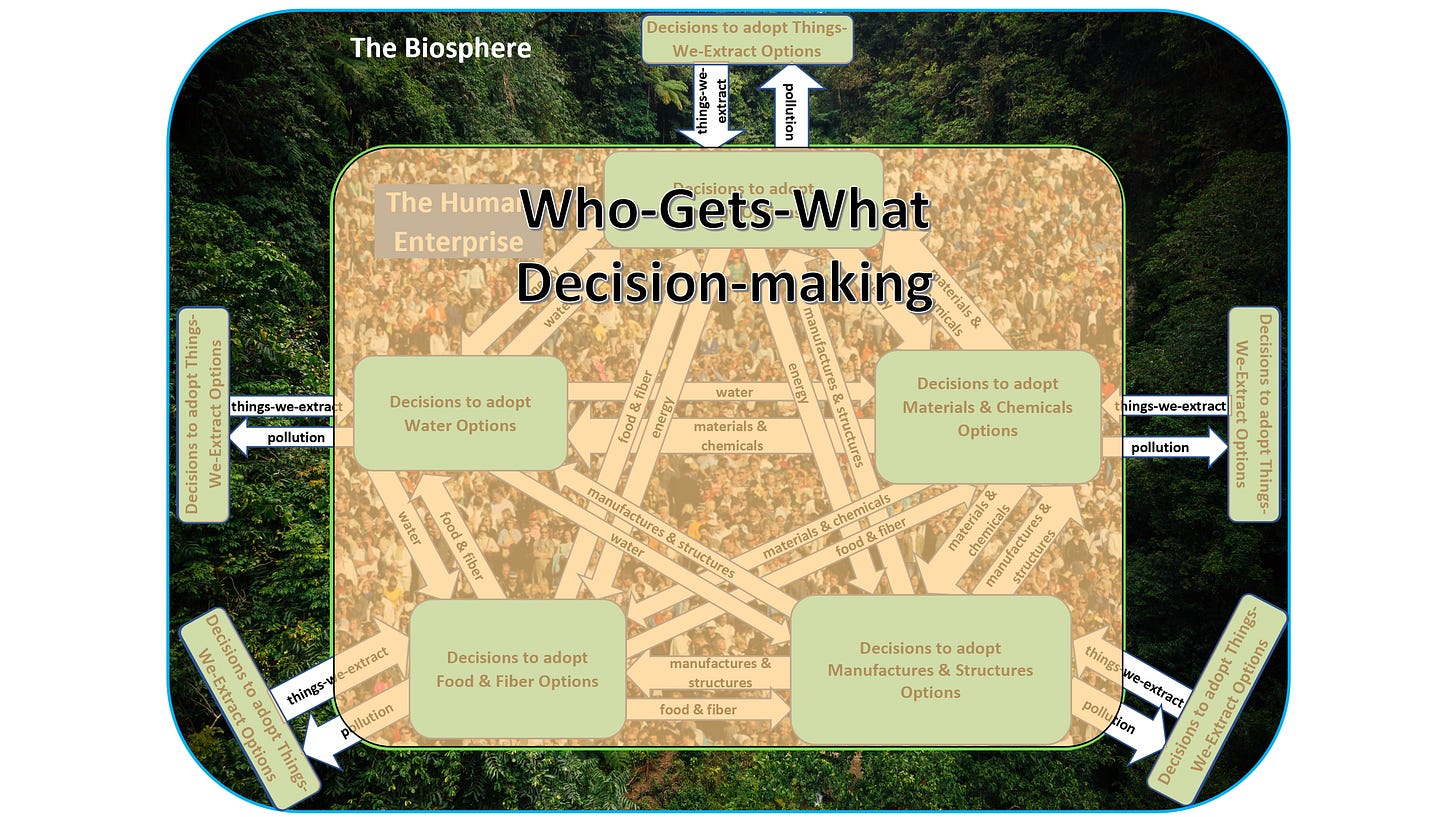
… for deciding who-gets-what physical things-we-extract (like water) and who-gets-what physical things-we-use (like energy, food and housing) for meeting human physical needs …
… for deciding who-gets-what non-physical things-we-use (like health and education) for meeting human physical needs …
… and for deciding who-gets-what non-physical things (like income & work, peace & justice, political voice, social equity, gender equality and social support networks) for meeting human social needs …
When one sees people anywhere being denied and deprived of things like food, water, housing and health care for meeting their human physical needs …
… and when one sees people anywhere being denied and deprived of things like income & work, peace & justice and political voice for meeting their human social needs …
… one is seeing Who-Gets-What Decision-making that’s creating these Who-Gets-What Crises.
When one understands that Human-Physical-Need Decision-making is creating the Ecological Crises, and that Who-Gets-What Decision-making is creating society’s Who-Gets-What Crises, in the words of Steven Pressfield …
… “you’re halfway to the solution” (like regenerative decision-making) for the Ecological Crises, and
… “you’re halfway to the solution” (like walking away from exploitative hierarchies) for society’s Who-Gets-What Crises.
What do you think? How do you feel about being halfway toward a solution?
If the challenge of practically & actually solving the metacrisis excites you, please consider subscribing to my Substack channel, Solving the Eco-crises …
Thank you for reading Solving the Eco-crises.
Peace and Aloha!
Erik
P.S. I cross-posted this article on Medium for greater reach.
[1] “To rescue the human enterprise in the long run requires strong action in the short run directed toward saving biodiversity and bringing the human enterprise within sustainable limits.” -- Paul Ehrlich
[2] Who-Gets-What Decision-making also may be called “Political Economic Decision-making” for deciding who-gets-what, where “politics” is the “who” part of deciding who-gets-what and “economics” is the “what” part of deciding who-gets-what.



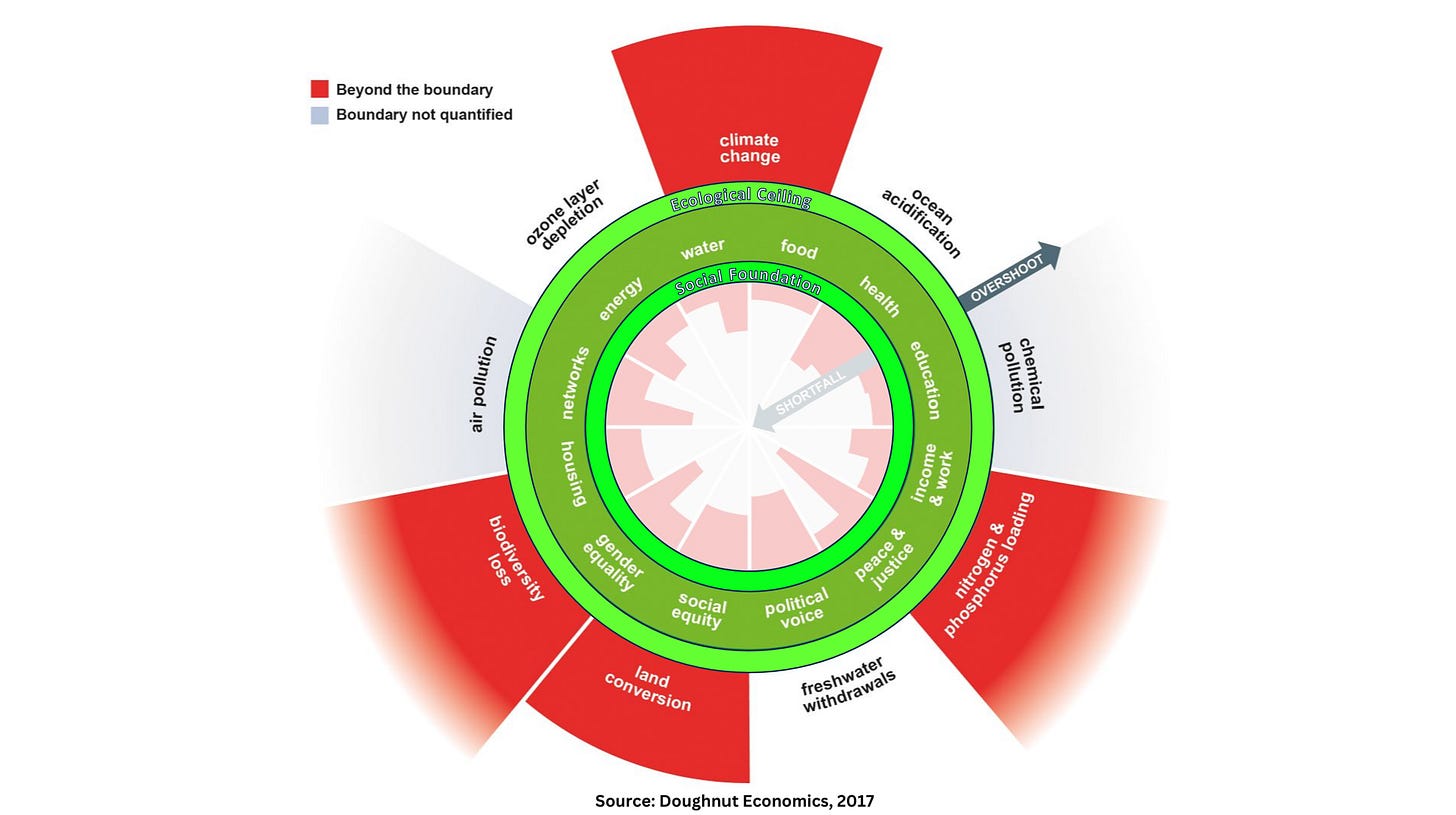

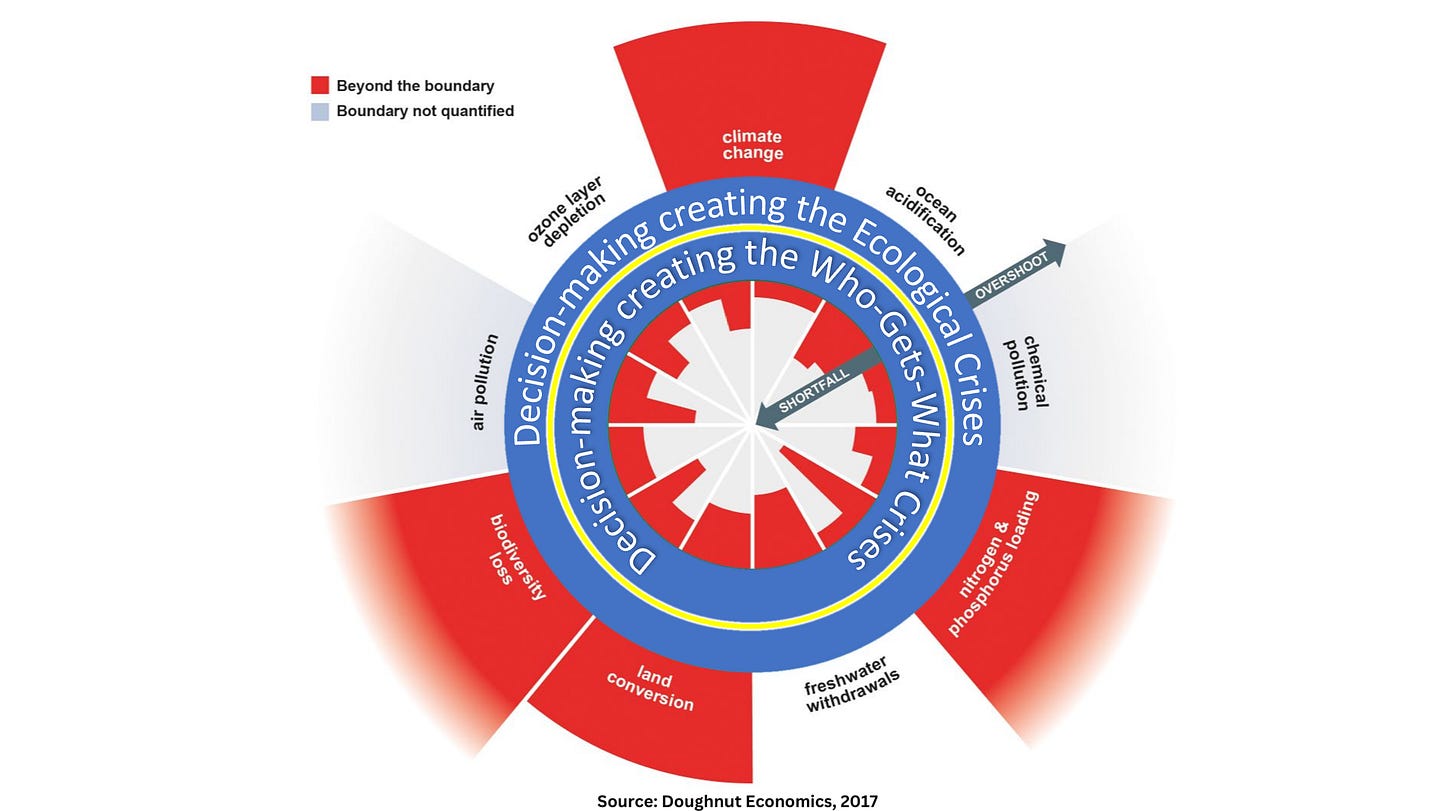
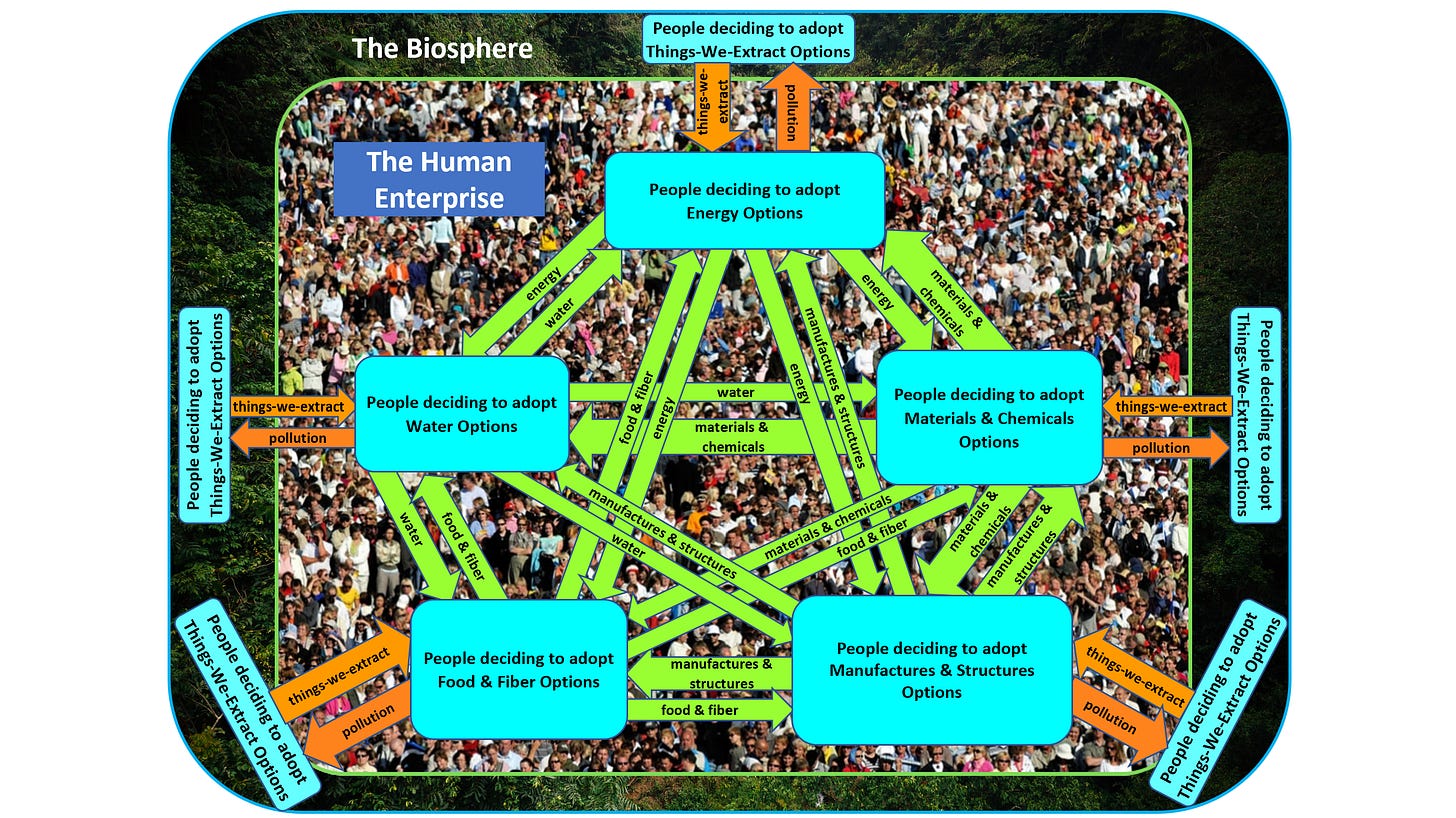
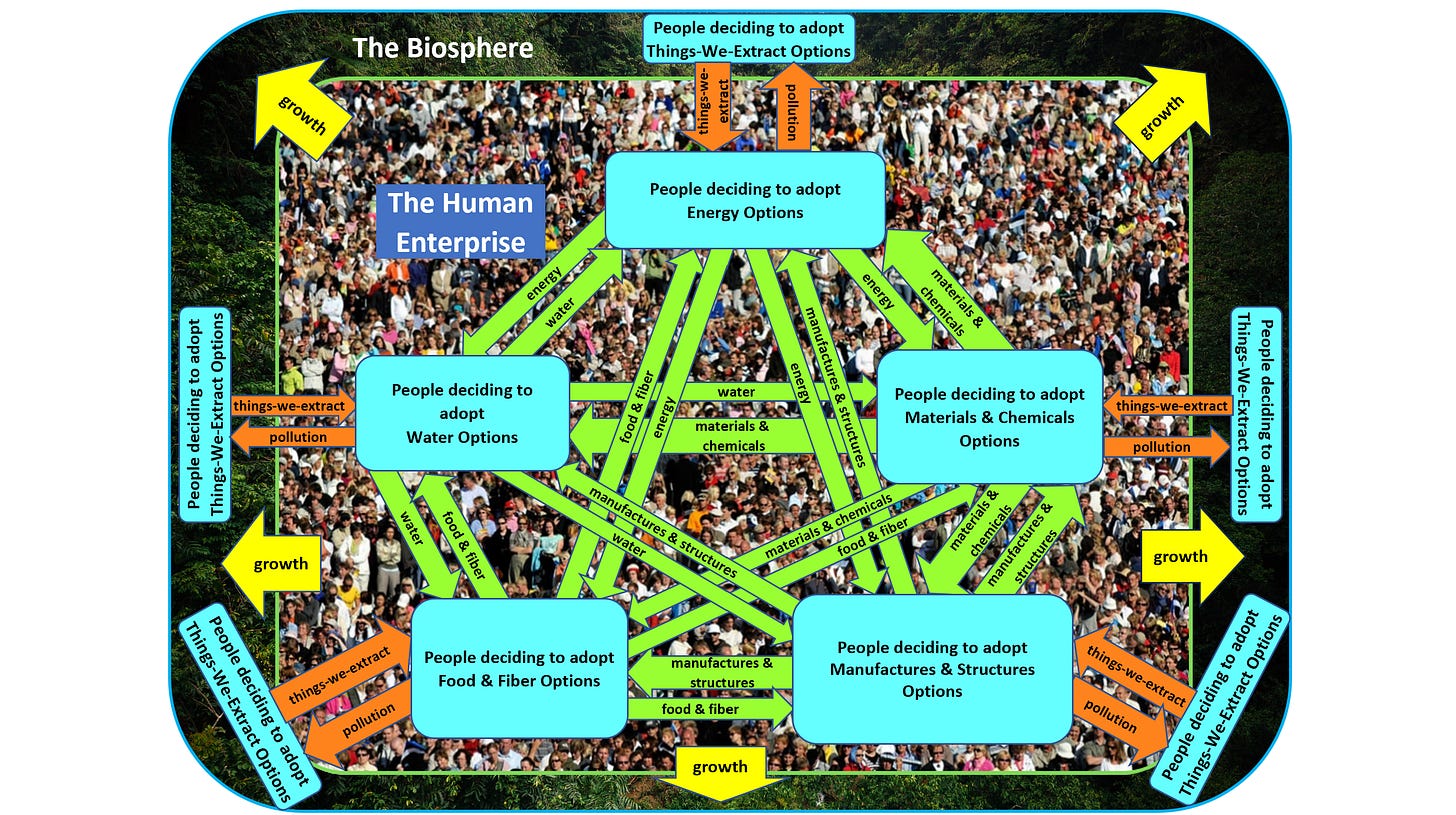

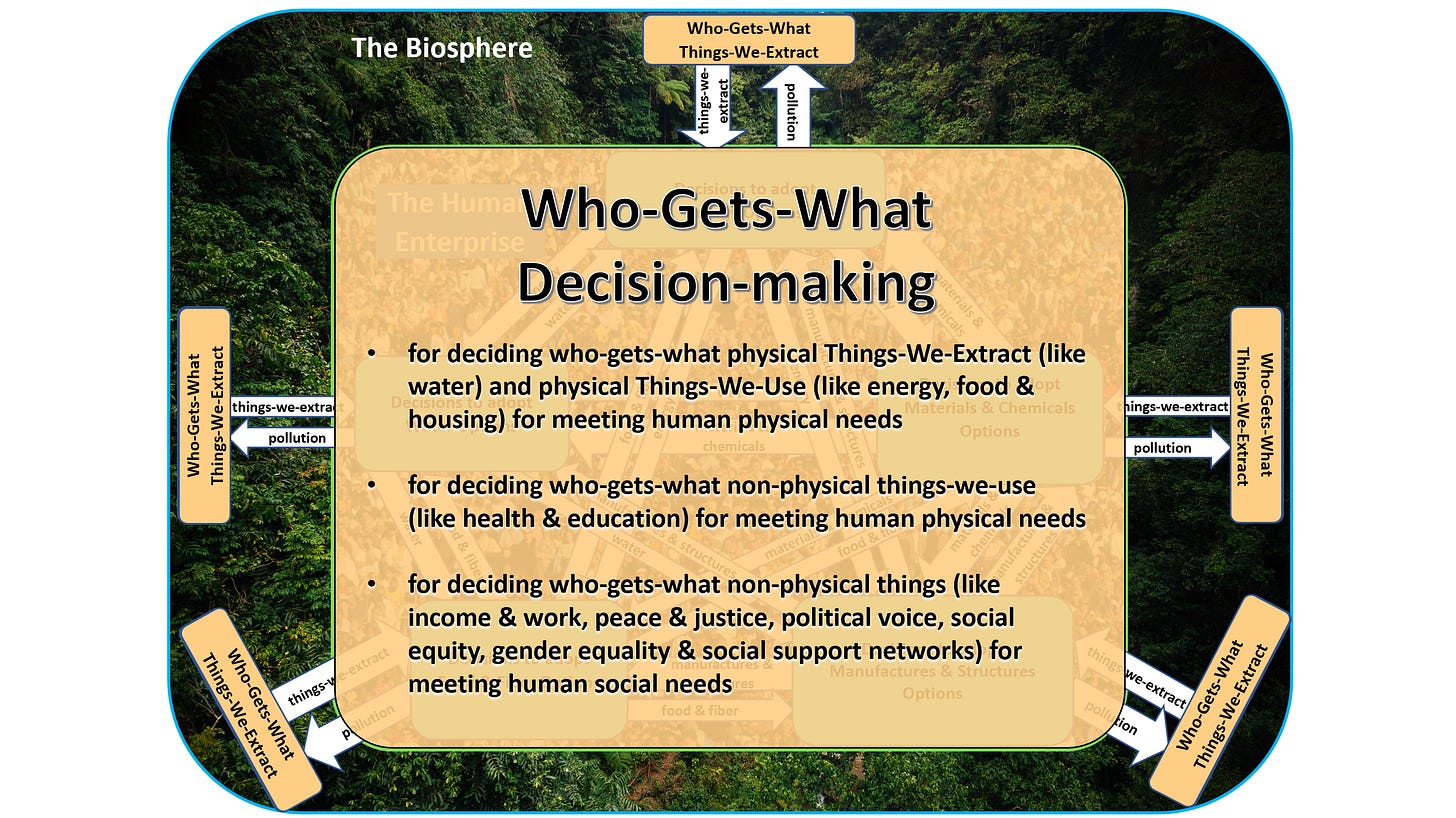
💯 agree with the article. Justice and regeneration must go hand in hand.